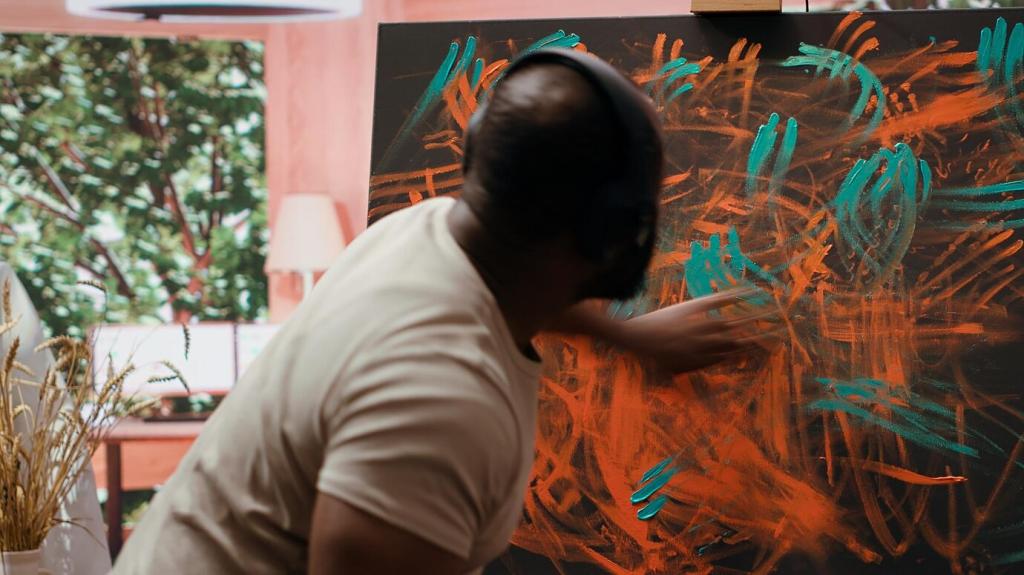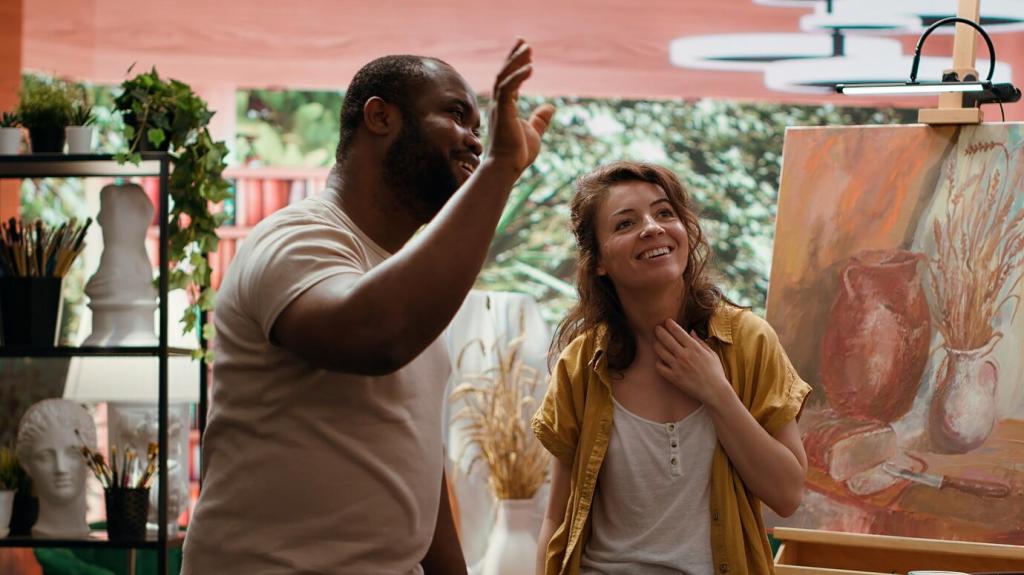
Narrative & Visual Rhythm: Videography Techniques Explained
Chosen theme: Narrative & Visual Rhythm: Videography Techniques Explained. Welcome to a space where stories find their beat and images move like music. We will unpack how pacing, shot duration, movement, edits, sound, and light create a visual rhythm that quietly steers emotion. If this resonates, subscribe, share your questions, and join the conversation as we turn timing into storytelling power.



Shot Duration and the Feel of Time
Try a flexible guideline: three seconds for a spark, seven for comprehension, twelve for contemplation. It is not a rule, but a rhythm test. Watch reactions across versions and note when eyes widen, shoulders drop, or restlessness begins; those micro-cues are your metronome.
Higher frame rates clean motion but can flatten perceived urgency. Standard cinematic rates leave room for blur, which our brains interpret as speed and intensity. Match frame rate to the emotion you want, not the trend you saw, and ask viewers how the scene felt.
A wide lens invites exploration, letting time feel expansive; a long lens compresses space, tightening the beat. Combine with deliberate camera distance to control breath. Share your tests side by side and poll your audience on which version feels truer to your character’s moment.
Camera Movement as Meter
01
After a run of kinetic shots, a locked-off frame can land like a full stop. Use it to punctuate an admission, a reveal, or a collapse. The contrast sharpens attention, making small gestures feel seismic. Ask viewers if the stillness felt like relief or dread.
02
Subtle handheld wobble reads as human heartbeat. It invites empathy when controlled and distracts when sloppy. Set intentional movement with a metered sway, then vary amplitude for tension spikes. Share your stabilization settings and discuss how much imperfection your audience accepts before trust breaks.
03
Gliding moves are cinematic vowels—smooth, connective, forgiving. Plan arcs that reveal information in economical sweeps. When a character makes a choice, layer a slow push to announce significance. Post your favorite long take and tell us how its pace shaped your emotional reading of the scene.

Editing Patterns: Cuts, Transitions, and Rest
Cutting on action maintains flow; cutting on emotion reshapes it. Watch for micro-expressions and sonic cues that justify an early or late cut. Build a version of your scene both ways and invite followers to choose which one felt honest rather than merely smooth.
Sound, Silence, and Temporal Space
Layer footsteps, cloth rustle, and prop clacks like a drum kit. Offset hits to create swing rather than robotic alignment. A single late key jingle can make tension tangible. Invite listeners to wear headphones and note exactly when their shoulders tense or relax.

Time dimmer fades and practical flickers to narrative beats, not just convenience. A subtle shift during a confession can redirect attention without a cut. Test different fade durations and collect audience notes on when the change felt motivated versus distracting.
Lighting and Color as Rhythmic Cues
Directing Performance and Blocking for Flow
Walk-and-Talk as Moving Melody
Set dialogue pace with step cadence and route complexity. Add a doorway stop for a half-beat of emphasis. Rehearse with metronome taps so timing lives in bodies, not just words. Ask viewers whether a shorter stop made the line sharper or blunter.
Micro-Pauses that Speak Volumes
Teach actors to own silences between thoughts. A half-second breath can replace an entire explanatory line. Record multiple pause lengths and track audience preference. Use that data to choose the take that feels inevitable rather than merely well performed.
Marks, Lanes, and Clean Coverage
Block in lanes to keep eyelines and movement readable, which preserves rhythmic clarity in the edit. Place marks that align with emotional beats, not just focus pulls. Share your floor plans and ask which path gave the scene its smoothest, truest flow.
